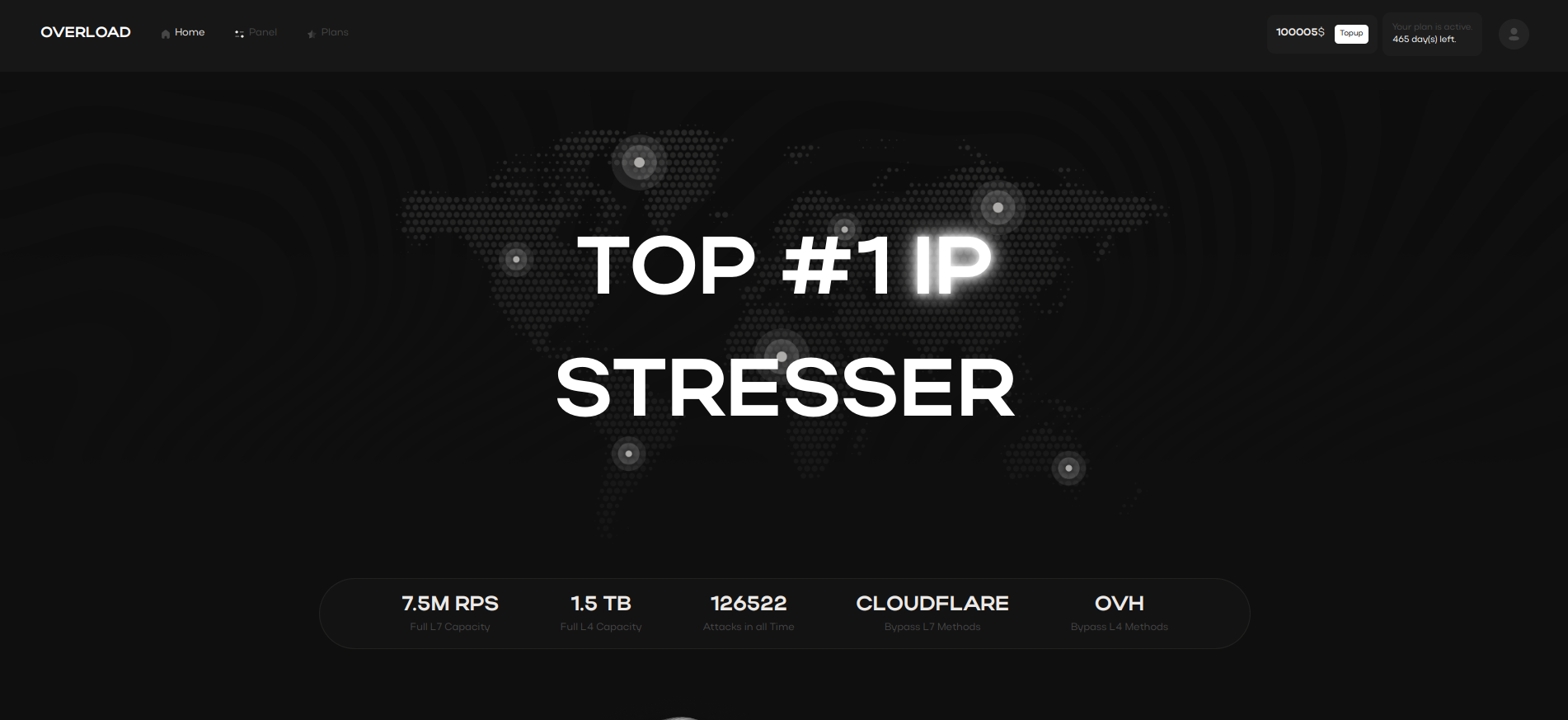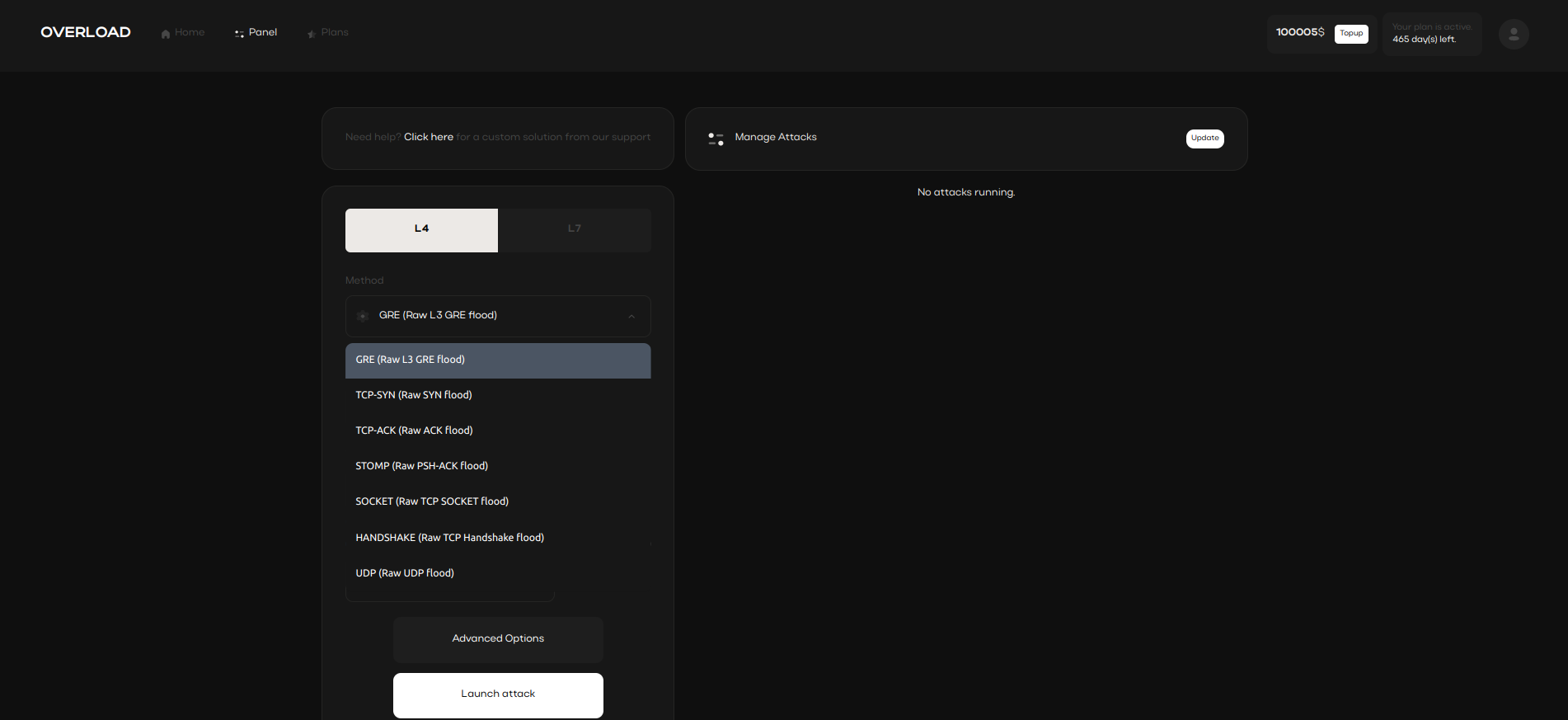Table of Contents
- What is a Stresser?
- Exploring Booter Services
- IP Spoofing and Layer 4 Attacks
- Amplification Methods in Stresser Services
What is a Stresser?

Using a stresser service can help identify weak points in
server robustness, enabling proactive
security adjustments. This allows for strengthening defenses
in advance of potential attacks.
Exploring Booter Services

Booter services are essential for organizations
testing load limits. These tools allow for controlled stress tests
on targeted infrastructure, making them ideal for comprehensive security assessments.
IP Spoofing and Layer 4 Attacks

By adding a layer of anonymity through IP spoofing, stress tests can operate without
revealing the source, ensuring data remains confidential while assessing network resilience.
Amplification Methods in Stresser Services

CLDAP, DNS, and NTP techniques amplify network requests, generating an overload
that tests system capacity limits. These methods increase traffic impact significantly, often resulting in substantial strain on systems.
- DNS reflection method
- NTP boost method
- CLDAP traffic magnification
